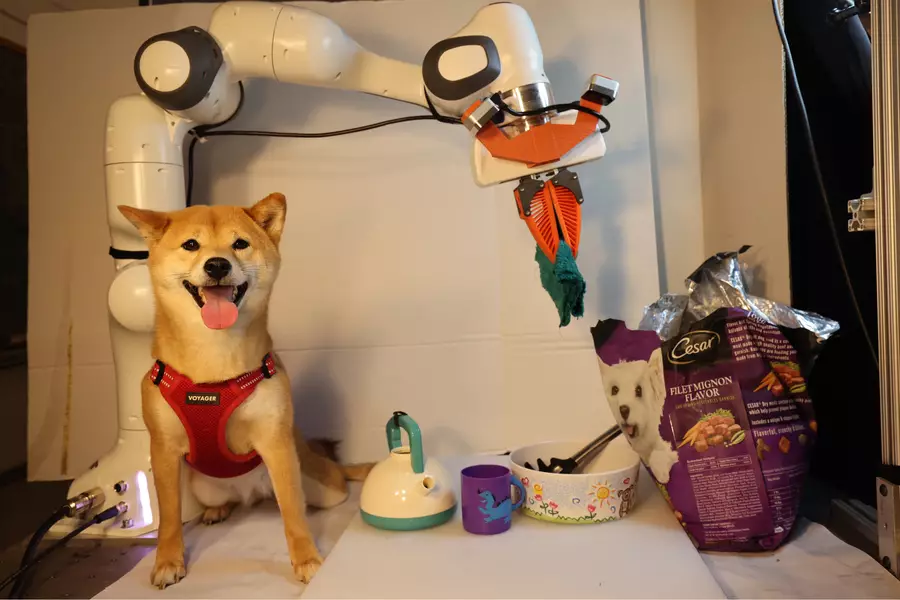In the fast-evolving realm of robotics, the efficacy of current training methodologies has come under scrutiny. Traditional approaches often rely on a limited and specialized dataset tailored for specific tasks, which restricts a robot’s adaptability in real-world scenarios. Issues arise when robots encounter unfamiliar variables, such as changing lighting conditions or new obstacles, leading to significant performance drops. This limitation highlights a fundamental flaw in the existing training paradigms for robotics, which contrasts sharply with the enriching training data utilized for advanced artificial intelligence systems, particularly large language models (LLMs).
Recent breakthroughs at the Massachusetts Institute of Technology (MIT) signify a transformative shift in robot training methodologies. Researchers are now advocating for a data-intensive approach that emulates the extensive datasets pivotal in training LLMs like GPT-4. The lead researcher, Lirui Wang, articulated that while language data can be confined to sentences, robotics demands a robust framework that accommodates the diversity of sensor-generated data and dynamic environments. This innovative perspective underscores the necessity for a more expansive and versatile data foundation to enhance robotic learning.
Introducing Heterogeneous Pretrained Transformers (HPT)
To address these challenges, the research team has introduced a groundbreaking architecture known as Heterogeneous Pretrained Transformers (HPT). This sophisticated model integrates diverse data streams captured from numerous sensors operating in varied environments. By employing a transformer model to amalgamate this rich dataset, researchers can significantly enhance the performance outcomes of robotic applications. The principle behind HPT is simple yet profound: the greater the transformer’s scale, the more refined the learning outputs become, enabling robots to adjust and excel in unpredictable situations.
A Vision for Universal Robot Intelligence
The aspirations accompanying this research are ambitious. Associate professor David Held envisions a world where a universal robot brain can be effortlessly downloaded and implemented, eliminating the need for extensive training sessions. Such a paradigm shift could democratize robotic capabilities, making advanced robotics accessible to various applications without the lengthy preparation that usually accompanies robotic training procedures. The focus on scalability and versatility echoes sentiments prevalent in the domains of AI and machine learning, suggesting a trajectory toward significant breakthroughs in robotic policy development.
The momentum behind this innovative research is partially fueled by organizations like the Toyota Research Institute (TRI), which aims to bridge the gaps between theoretical developments and practical implementations. Notable collaborations, including partnerships with Boston Dynamics, hint at a future where advanced robotics seamlessly integrate learning algorithms with cutting-edge hardware. As the team pushes forward with its research, the possibility of a revolutionary leap in robotics looms on the horizon, akin to the massive strides made within natural language processing.
The introduction of Heterogeneous Pretrained Transformers at MIT encapsulates a pivotal moment in robotic training methodologies. By embracing a comprehensive and adaptive learning architecture, the field stands poised to overcome the limitations of previous models, enabling robots to navigate the complexities of real-world tasks more effectively than ever before.


Leave a Reply